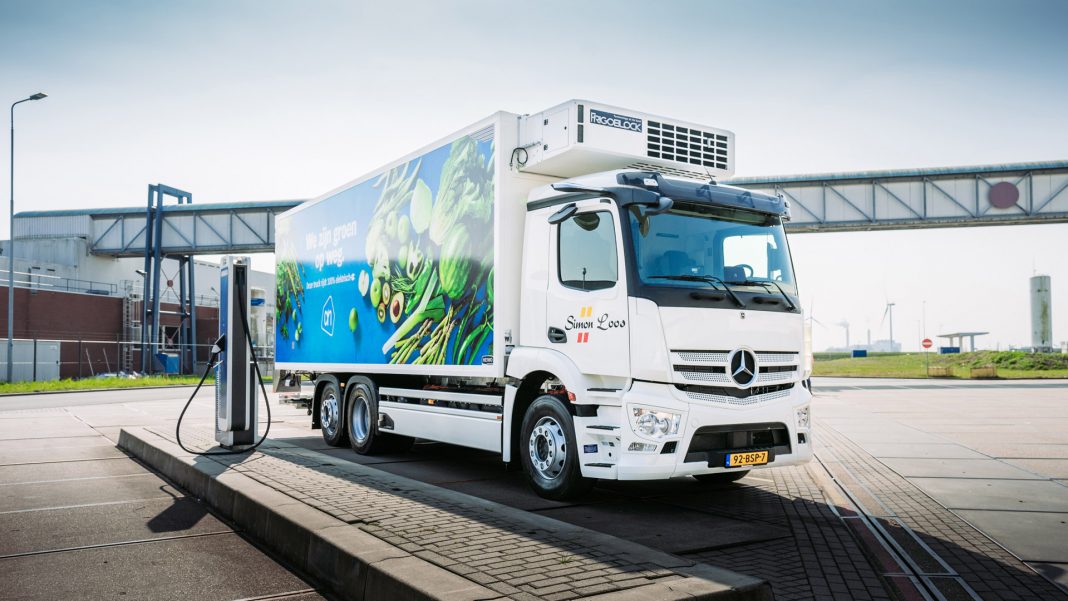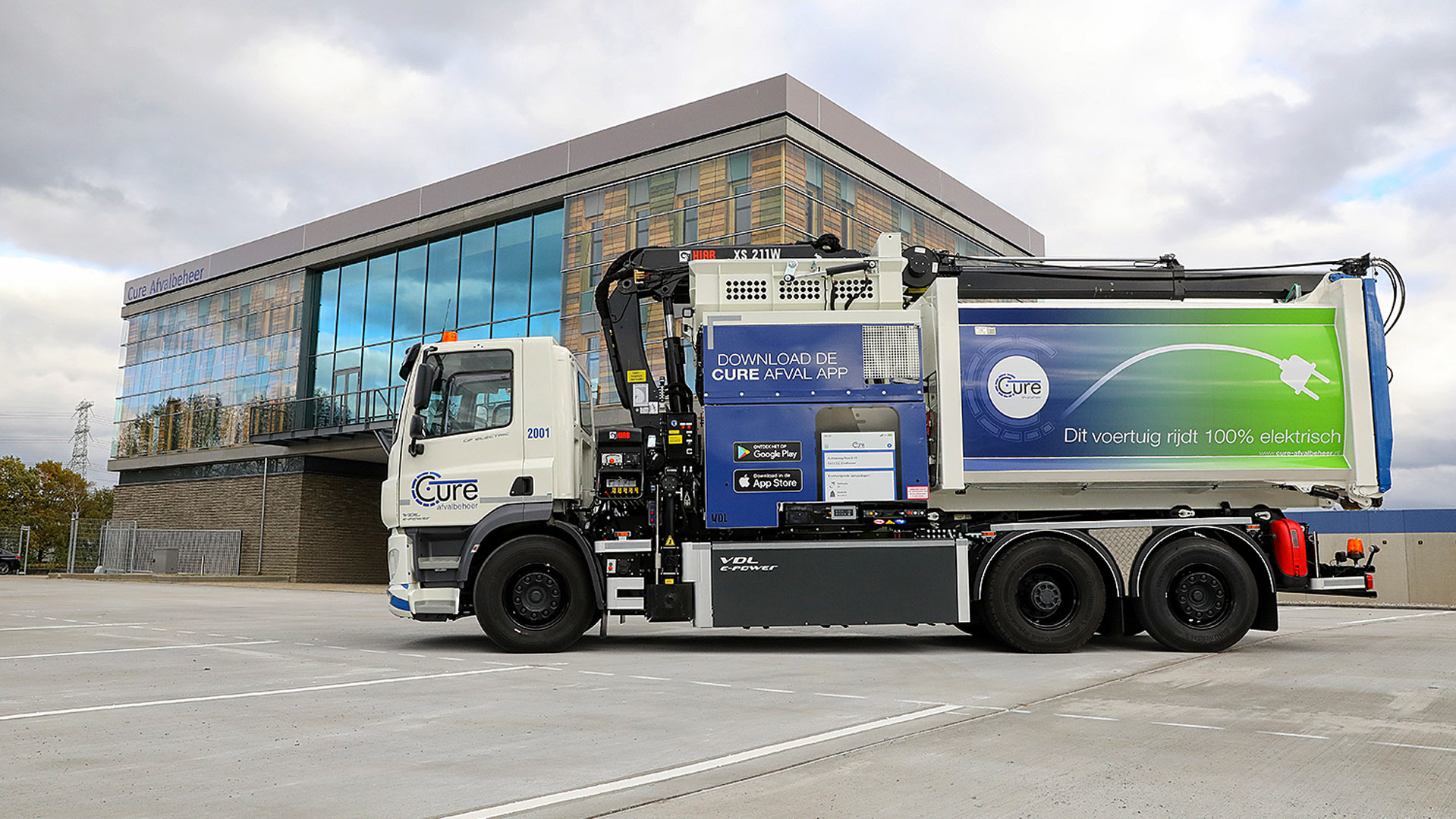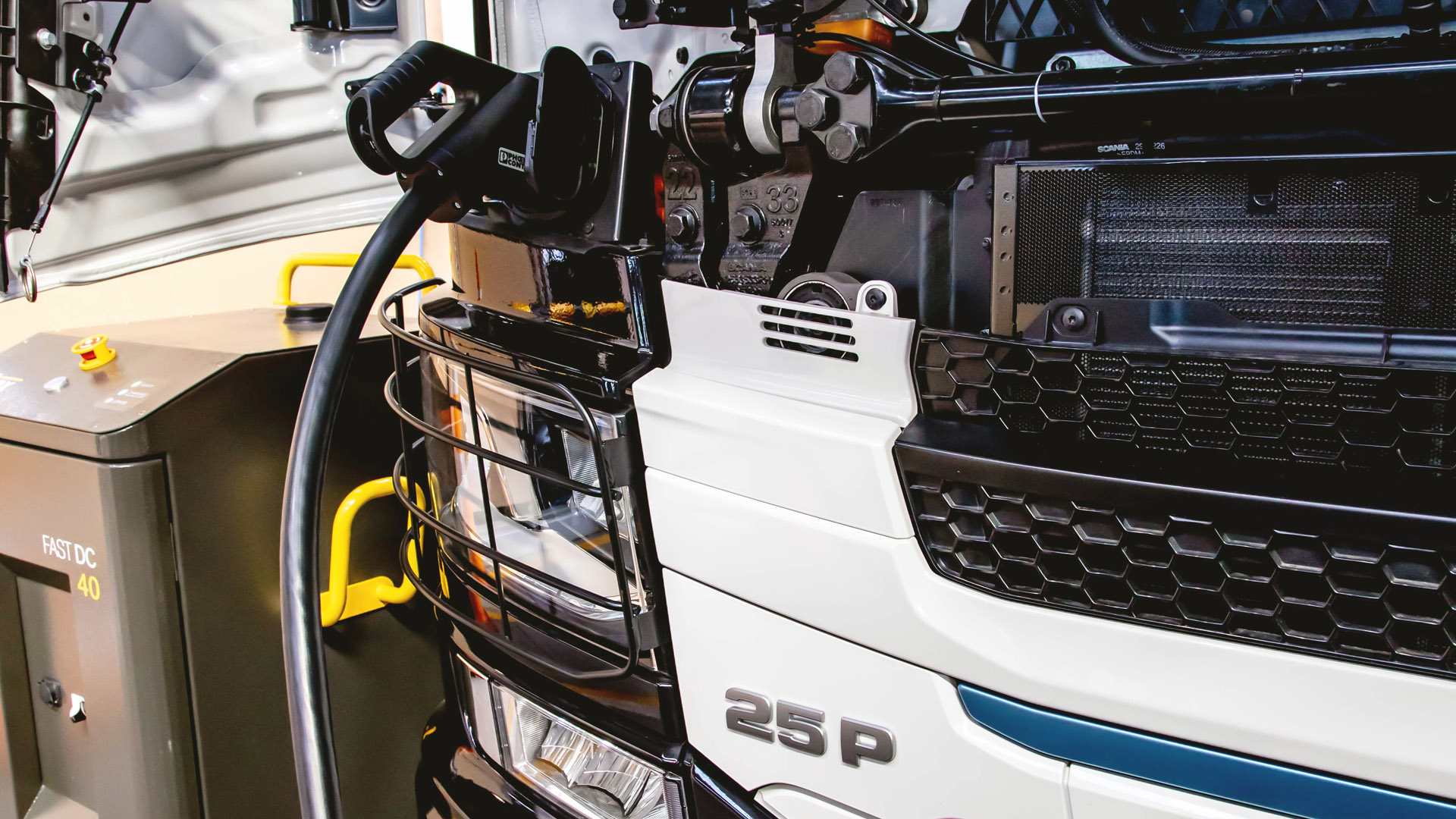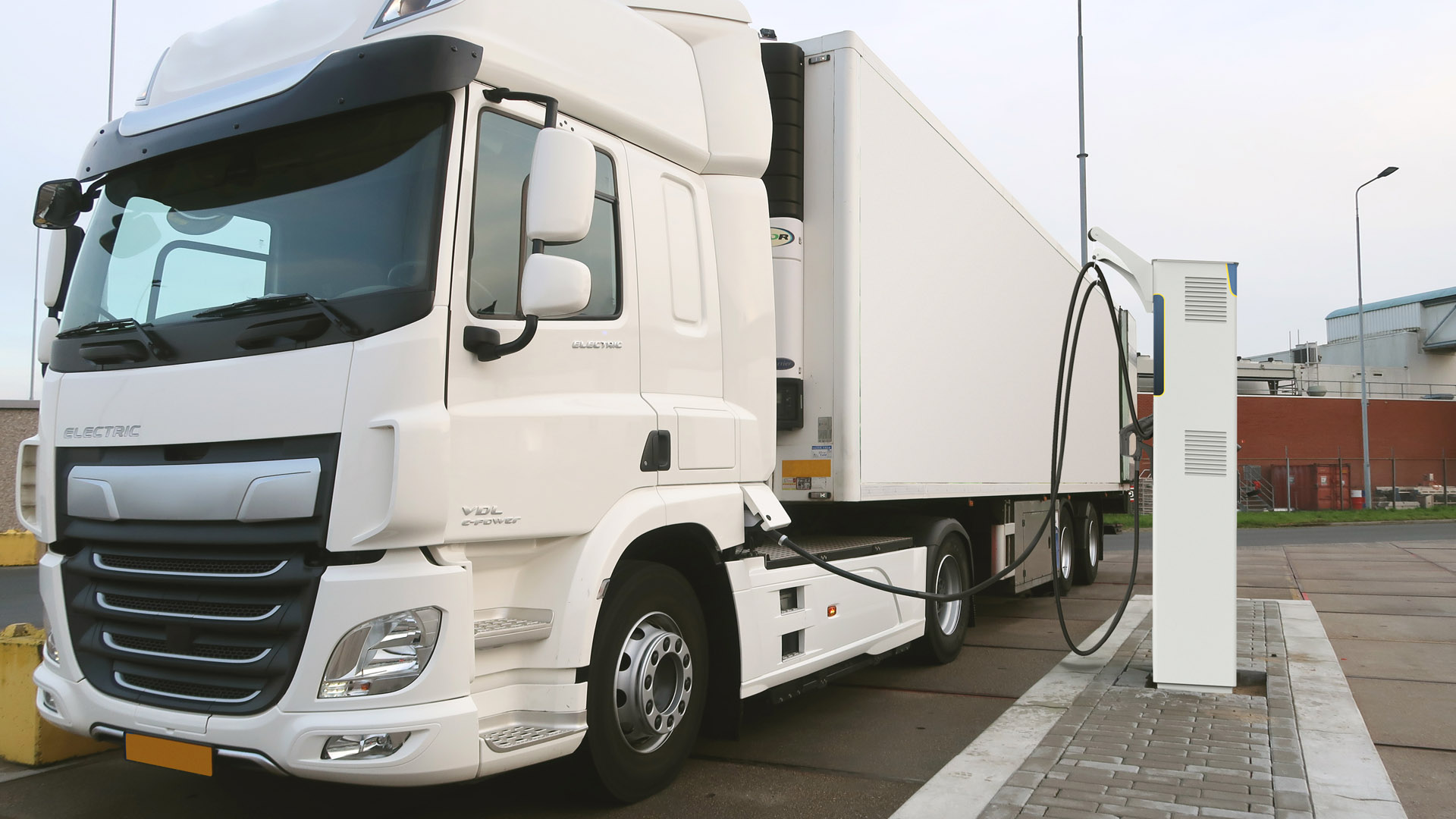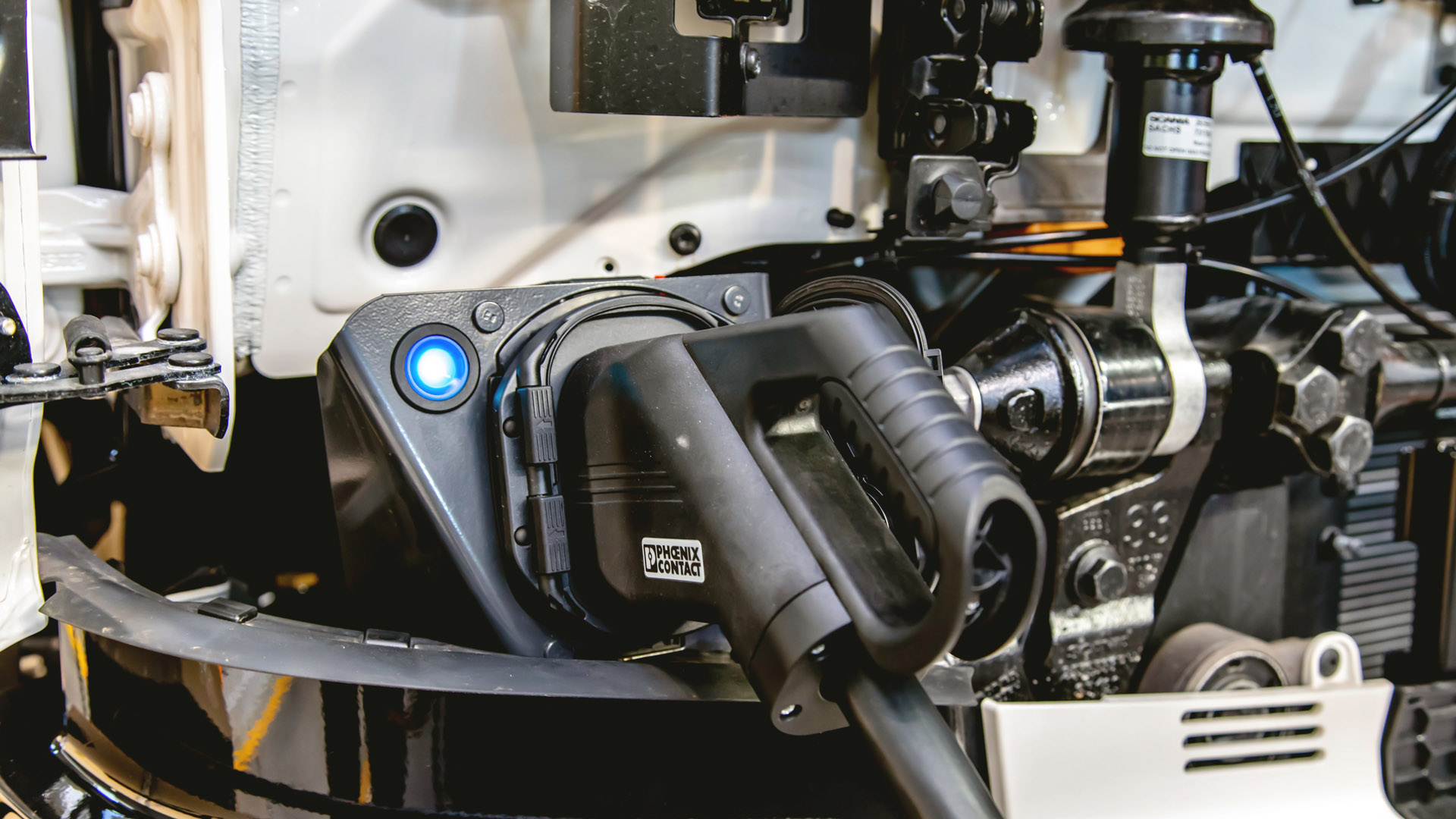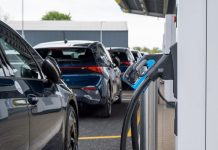Personal electric vehicles (EVs) have turned the automotive industry inside out thanks to top-down intervention. To visualise the positive effect local governments have had, consider that nearly a quarter of all vehicles in Europe are now electrified! But there’s always been a case for personal cars to ignite the e-transition, as the barriers to entry are much lower than larger vehicles in terms of cost, adoption and environmental impact. Now that consumer EVs are nearing the ‘tipping point’, intervention is needed in other sub-sectors to further reduce the vast CO2 emissions the automotive industry emits.
Commercial fleets are next up on the list as these are the last road vehicles to join the e-transition – this isn’t limited to the UK, as it’s been observed across Europe. Indeed, Germany leads the sector shift and questions are now raised as to whether other nations will follow and how much of the transition will come down to decisions by national leaders? To bolster things in 2023 and beyond, local governments need to apply the same pressure to the sector that we saw in the personal car industry.
To explore said topic, TotallyEV reached out to Jasper Konings, Director of Commercial Vehicles and Fleets of rapid charging specialists, Heliox.
Why are HDVs and LDVs the slowest electrifying road vehicles?
New research shows that 47% of trucking fleet managers believe light and heavy-duty vehicles (LDVs and HDVs) are the last vehicles to make the switch to electric due to the challenges surrounding a country’s charging infrastructure.
A further 41% of trucking fleet managers require readily accessible charging points that are affordable in the face of an impending energy crisis. This means that fleet managers will need EV schemes that are geared towards lessening their dependence on diesel-powered vehicles.
In order to successfully transition to fully electric fleets, businesses will also need guaranteed access to charging depots. As of 2022, there are only 31,507 charging depots across the UK. Research shows that there is an average of 420,000 EVs on the road, highlighting an urgent need for charging infrastructure investment to keep up with demand.
The demand for charging depots is only set to increase as European countries are striving for a net-zero future. Fleet managers are aware of this, but finding a solution that is within budget and actually feasible is proving to be a challenge. Governments now have the opportunity to change the course of direction and assist fleet managers in addressing their concerns.
Read next: Our favourite electric cars and SUVs
Covering all bases with electromobility schemes
A total of 20 European countries have subsidy programmes to help consumers and businesses alike purchase EVs. Commercial fleets need to make the most of all available funding as this is vital to securing a successful e-transition.
However, almost two-fifths (39%) of fleet managers say their company has not taken advantage of available electromobility schemes in their respective regions. This is in part due to the lack of awareness of such schemes. In the Netherlands, the second largest EV nation in Europe, 45% of fleet managers are unsure if their companies are even aware of local subsidies, with a further 26% fully in the dark.
It is more important than ever for governments to make fleet managers aware of all available funding. In Germany, over half of fleet managers are aware of the incentive schemes offered and as a result, they recorded the highest number of eTrucks registrations in 2021.
This awareness is crucial as reducing the total cost of owning an eTruck creates momentum in EV adoption. The International Council of Clean Transportation (ICCT) predicts that eTrucks will become more price competitive than diesel trucks by 2025 in the Netherlands and 2026 in the UK, but this can be accelerated with greater awareness of support mechanisms.
As fleet managers are currently feeling the financial effects of owning regular diesel trucks, this is the perfect opportunity for governments to demonstrate the full benefits of transitioning to EVs by offering tax relief incentives as well as toll-free transport and charging grants.
Read next: The best dash cams to mount inside your vehicle
Germany’s successful transition comes down to three things
Out of the 1,394 eTrucks registered in 2021, 800 eTrucks were German, revealing the Deutsche nation as leading the trucking e-transition within Europe. The only other countries keeping up with Germany are the UK with 333 registered eTrucks and the Netherlands with 216 registered eTrucks.
Germany has managed to achieve successful fleet electrification through three key pillars:
- The shift away from diesel-powered trucks,
- Strong awareness of governments electromobility programs,
- Investment in public charging options.
To shift away from diesel-powered trucks, the HoLa project (high-performance charging in long-haul trucking) was launched by the German Federal Ministry of Transport and Digital Infrastructure (BMVI) in 2021. This innovation cluster of eco-friendly truck driver technology aims to bring industry-wide change to the forefront of the German market.
The effect of the HoLa project has been increased by the collaboration between various manufacturers and policymakers to bring about further standardisation in the location of charging plugs.
Buy a car phone mount on Amazon (Affiliate)
In bringing awareness to electromobility programs, Germany’s Umweltbonus (environmental bonus) program offers grants of up to €9,000 in EV purchases that are proven to resonate amongst those in charge of electrifying fleets. We see this with over 50% of German fleet managers being aware of subsidy schemes offered by their government with a further 60% taking advantage of this.
By investing in public charging options, Germany is leading the way with impressive tax reliefs and toll-free options for eTrucks, whilst funding 80% of infrastructure costs.
Through this approach, local German authorities are positioned perfectly to effectively push for top-down reforms, becoming powerful climate advocates as they implement the three key transition pillars.
Read next: Four sustainability trends to look out for in 2023
Governments can enable the e-transition
Despite the current incentive schemes put in place by European governments, less than a fifth of businesses are on par to fully electrify their fleets by 2030. For nations who are looking to reach net-zero emission targets by 2050, this should serve as a wake-up call. It’s time to budget for change and recognise that there must be developments in infrastructure and greater empowerment of businesses that wish to join the transition.
Fleet managers’ dependence on vigorous policies and continuous financial support exemplifies just how pivotal top-down support can be in aiding their decision to switch. By hammering home the three pillars of successful electrification, we can start to see other European countries follow in Germany’s footsteps.
At the top of local authorities’ agenda must be legislation for reliable and accessible charging infrastructure – this will unlock e-mobility. The infrastructure gap is what holds back many fleet managers and other players in the automotive industry from concentrating their electrification efforts. Individuals with decision-making power have an opportunity to solve this if we see the same pressure applied to the trucking industry as we did with consumer EVs. Once EV charging points are widely available, we will see businesses take the environmental plunge to train and invest in the next generation of HDV and LDV drivers.
Do you think eTrucks are being stalled by the government? Let us know in the comments section below or via social media; we’re on: YouTube, Instagram, Facebook, Twitter and LinkedIn.

